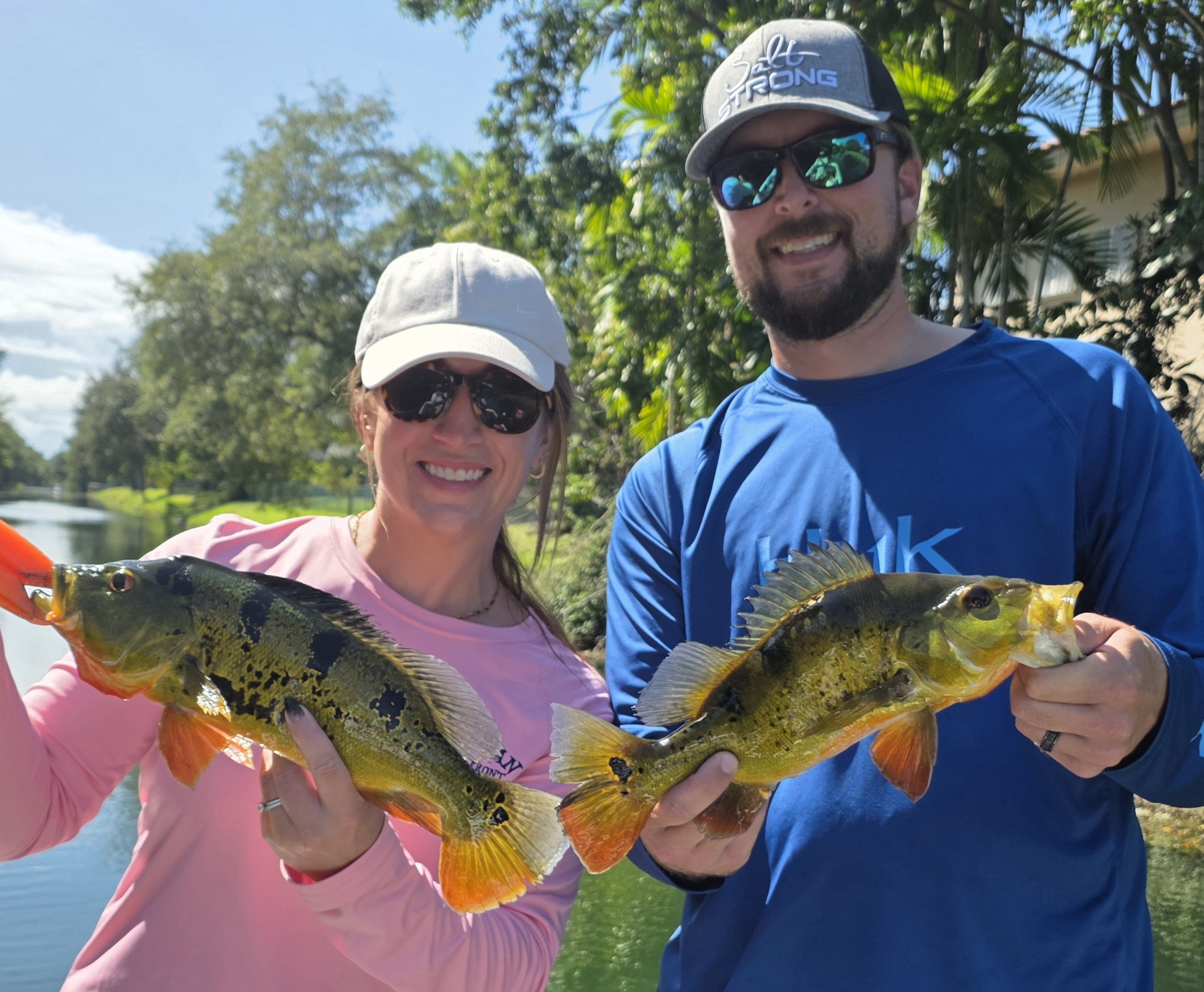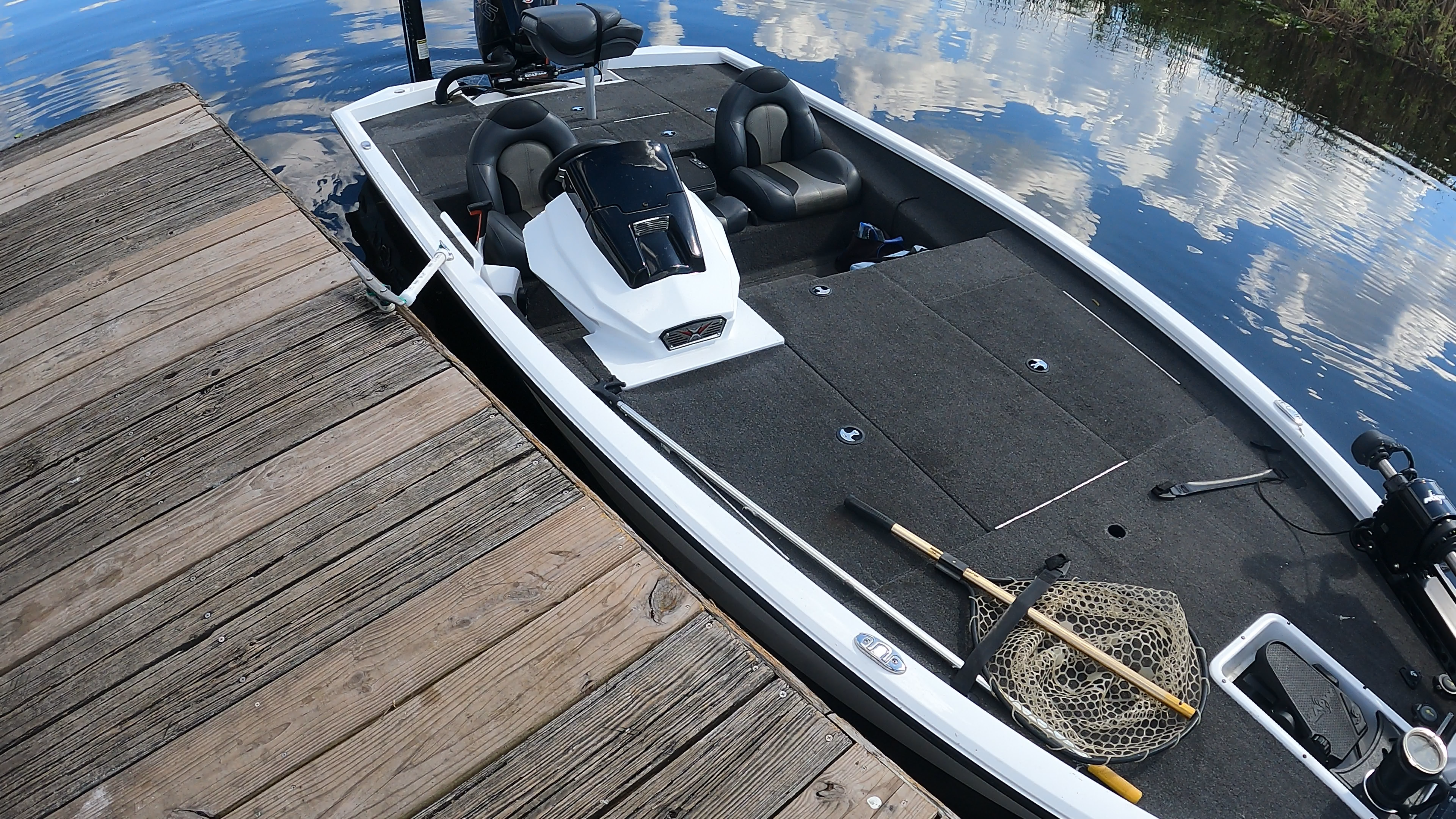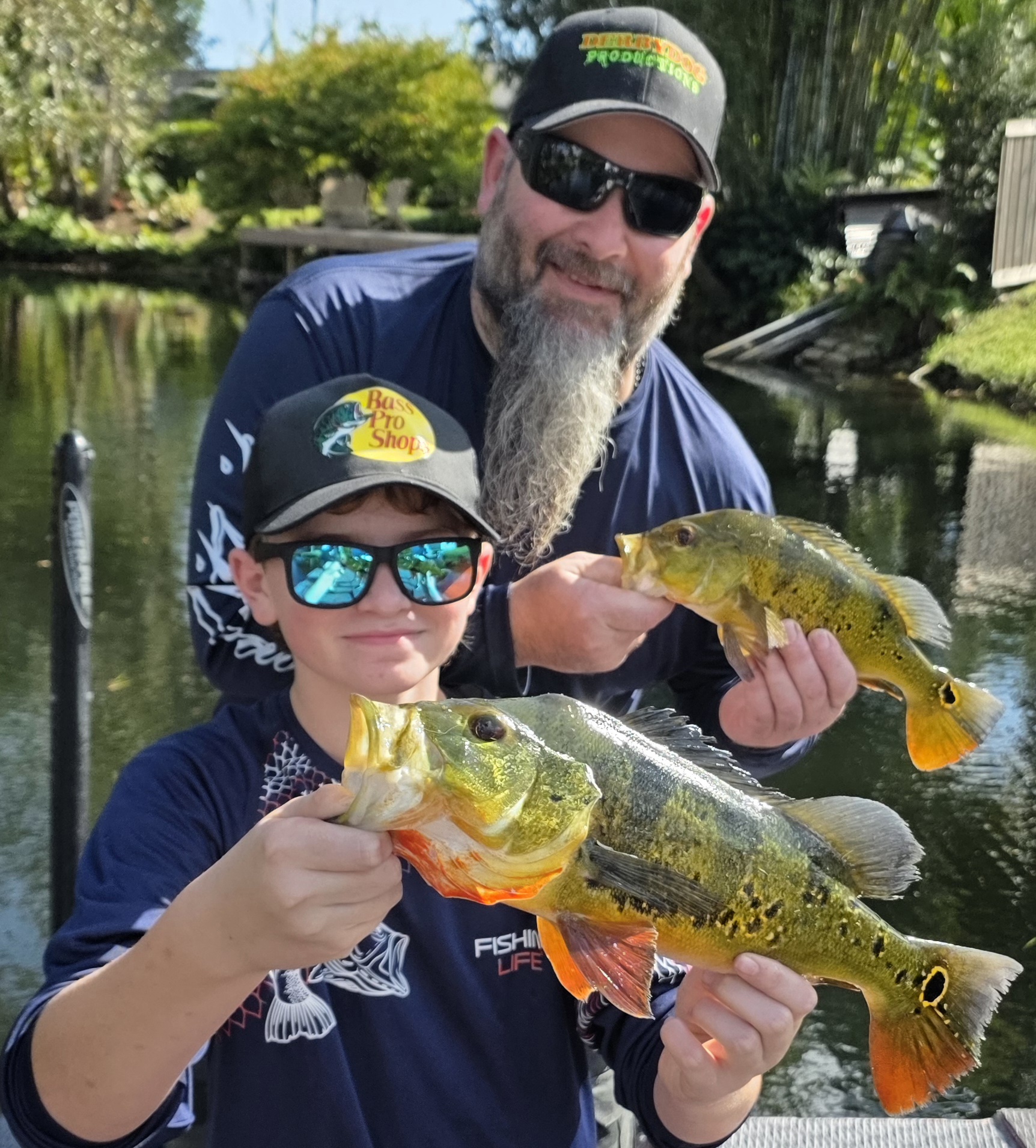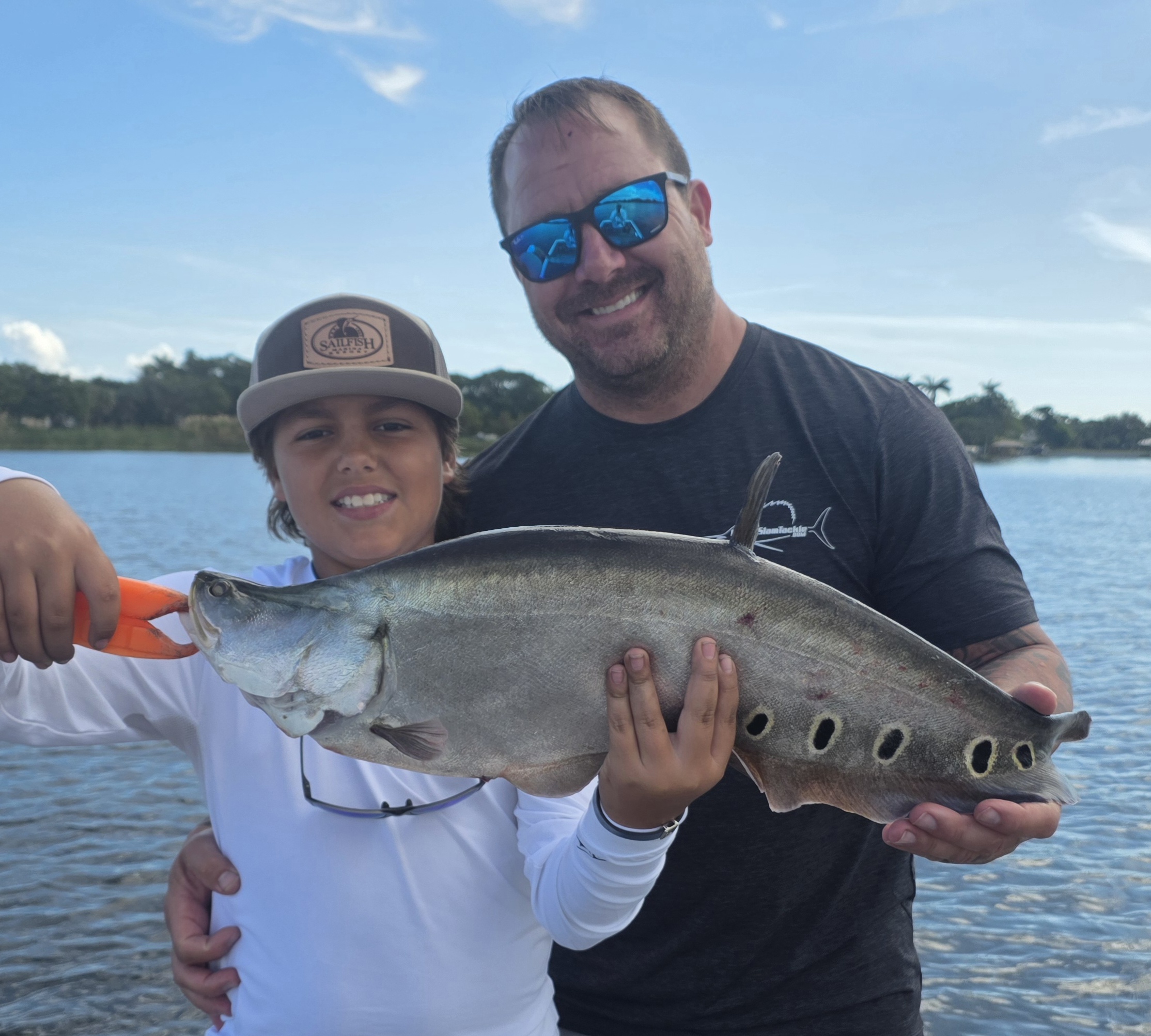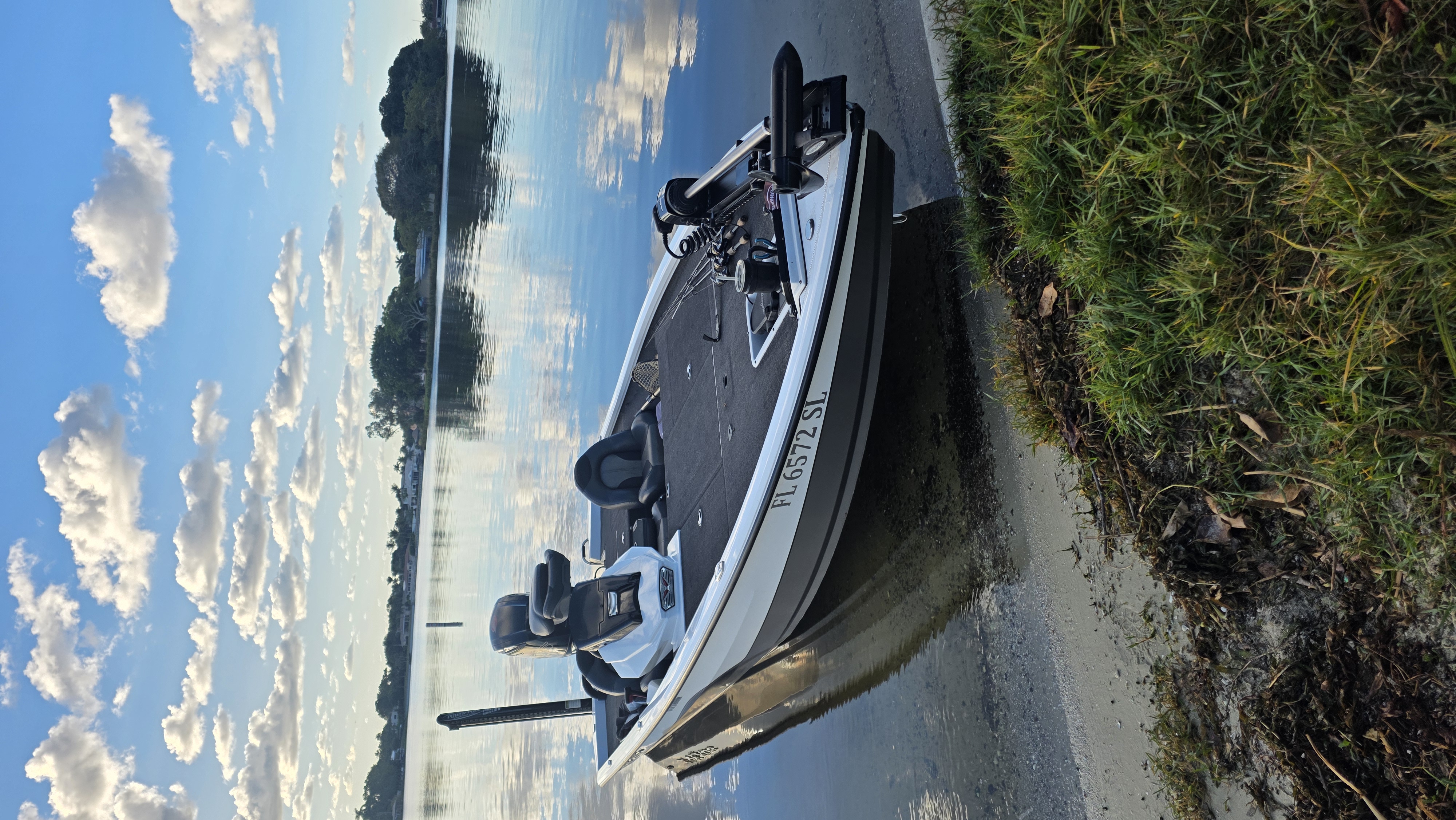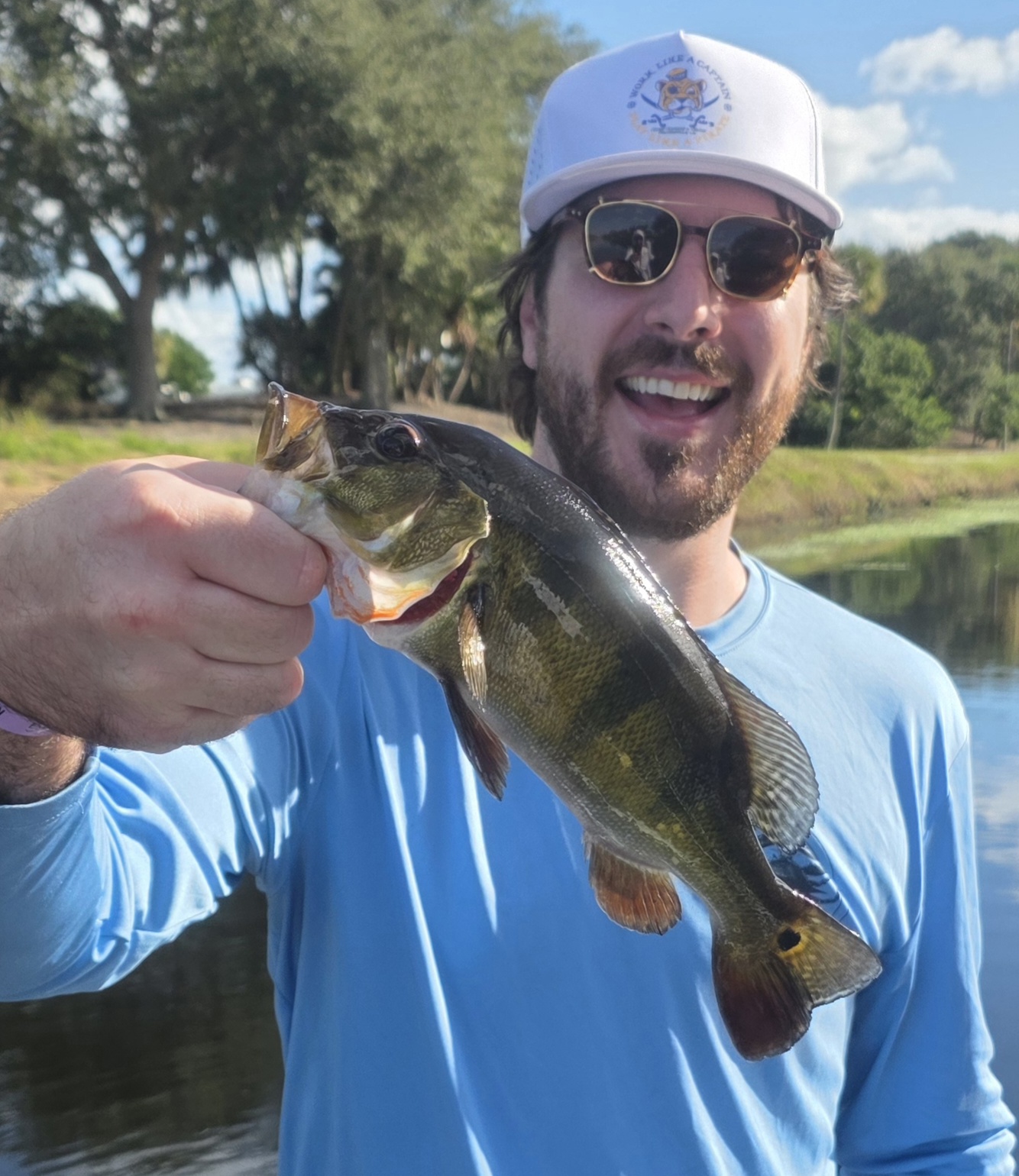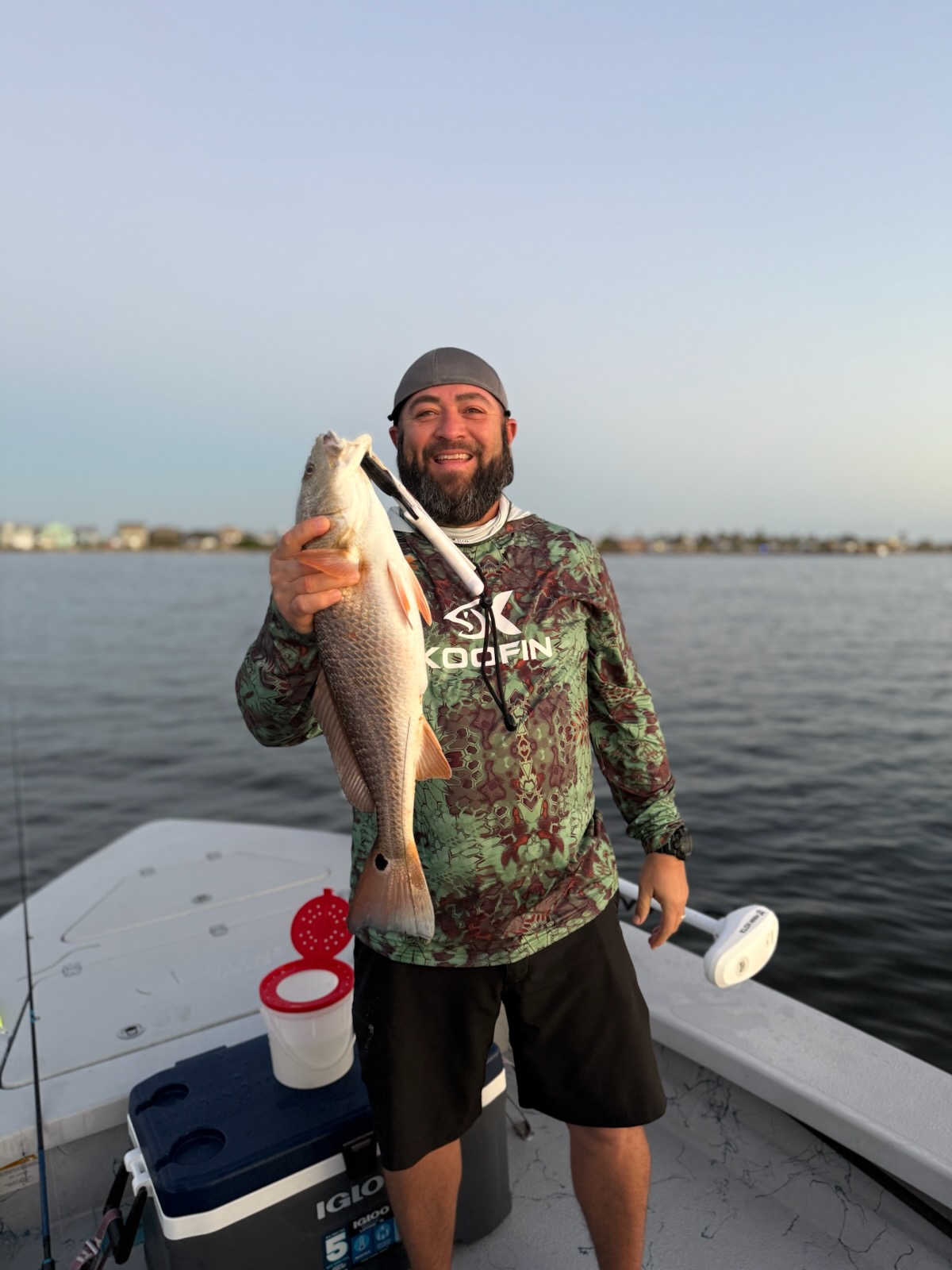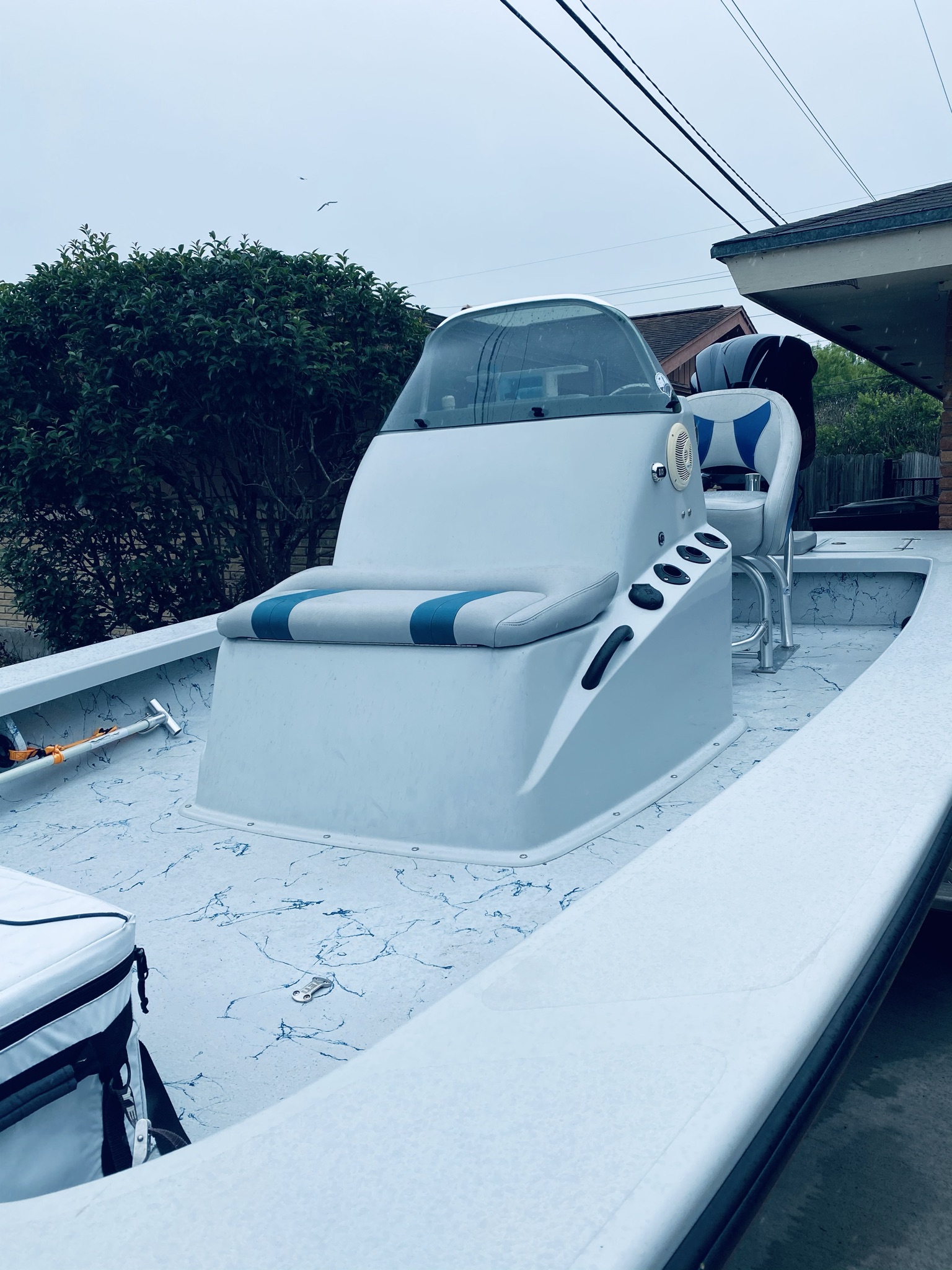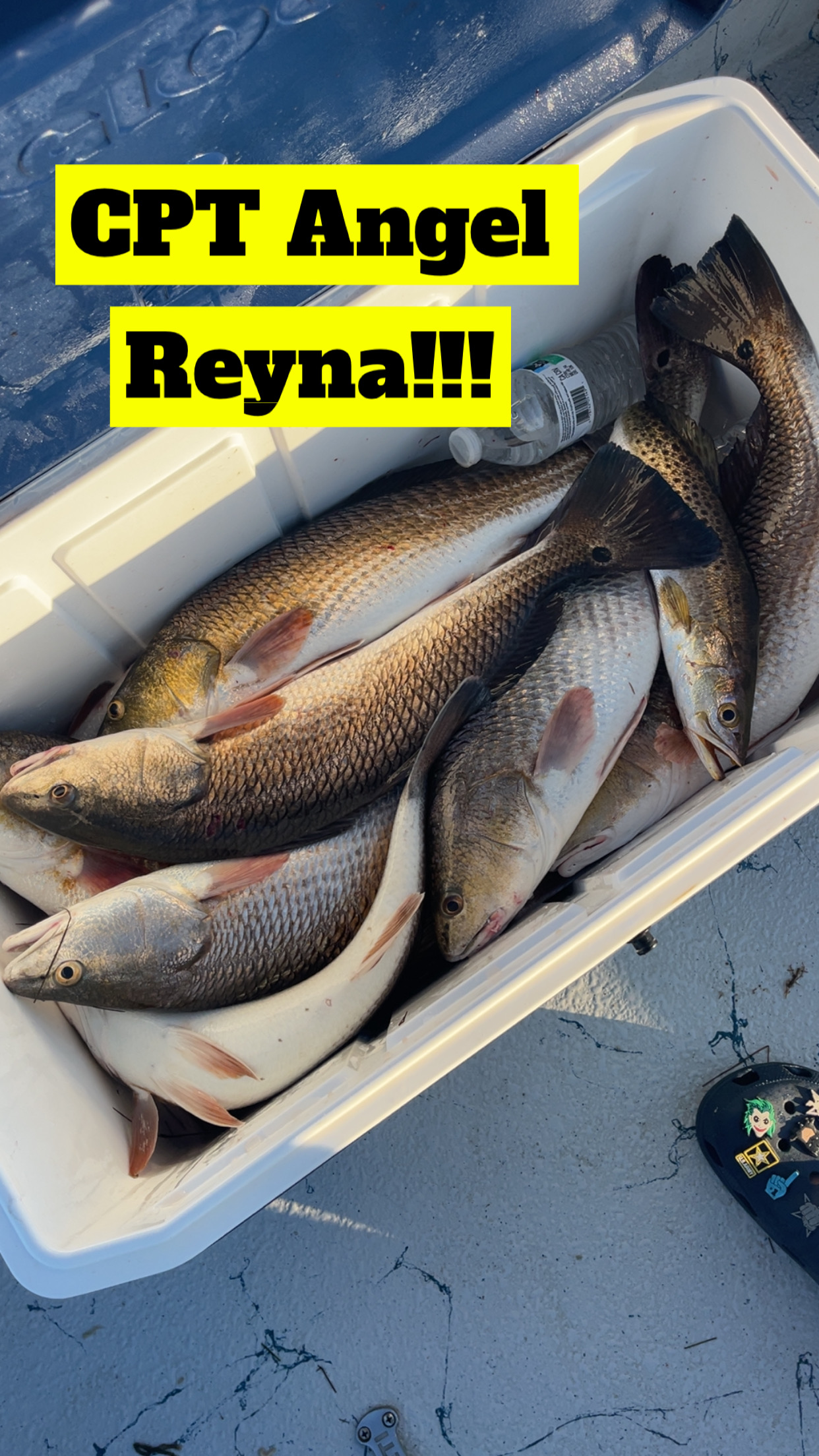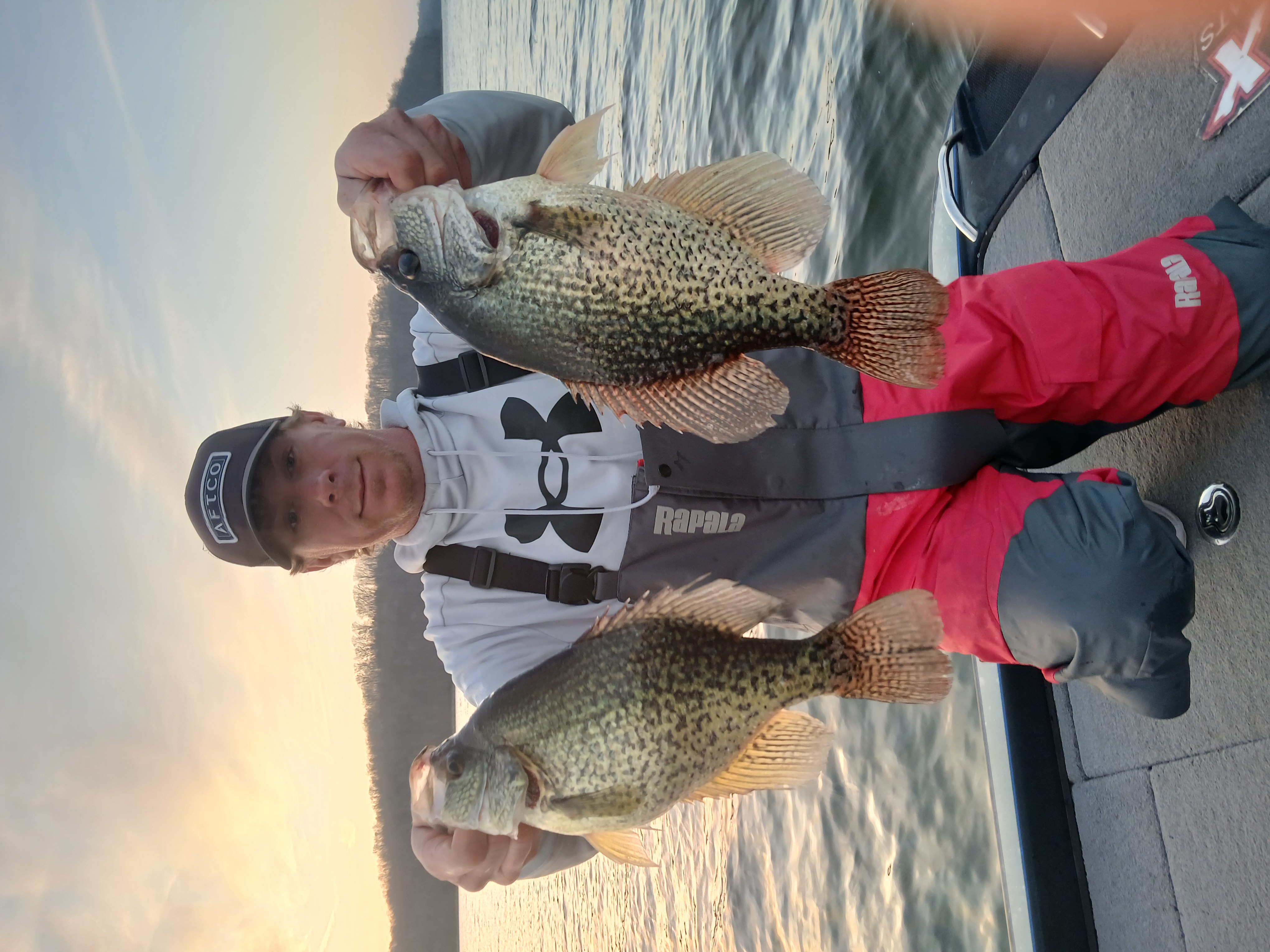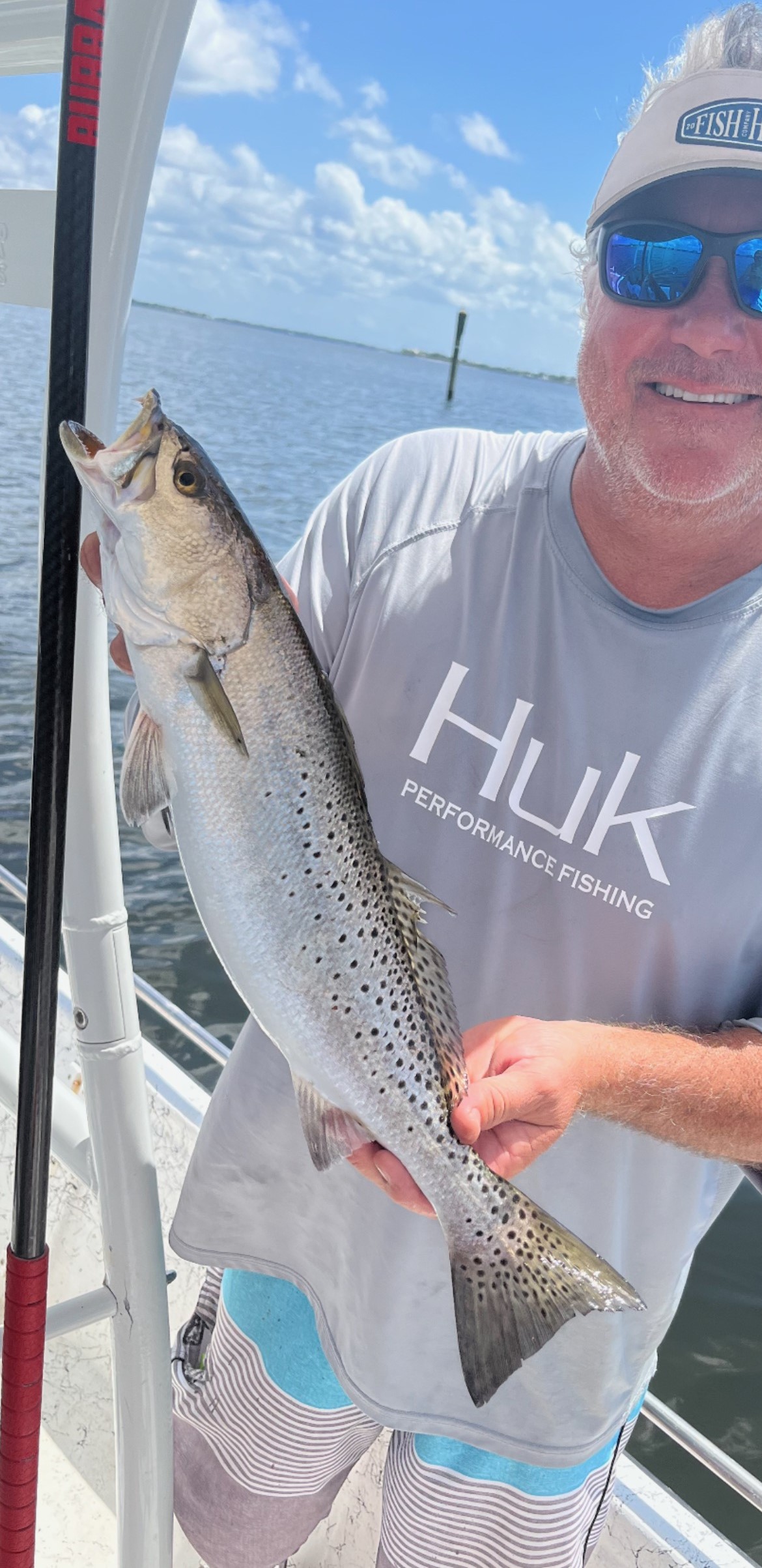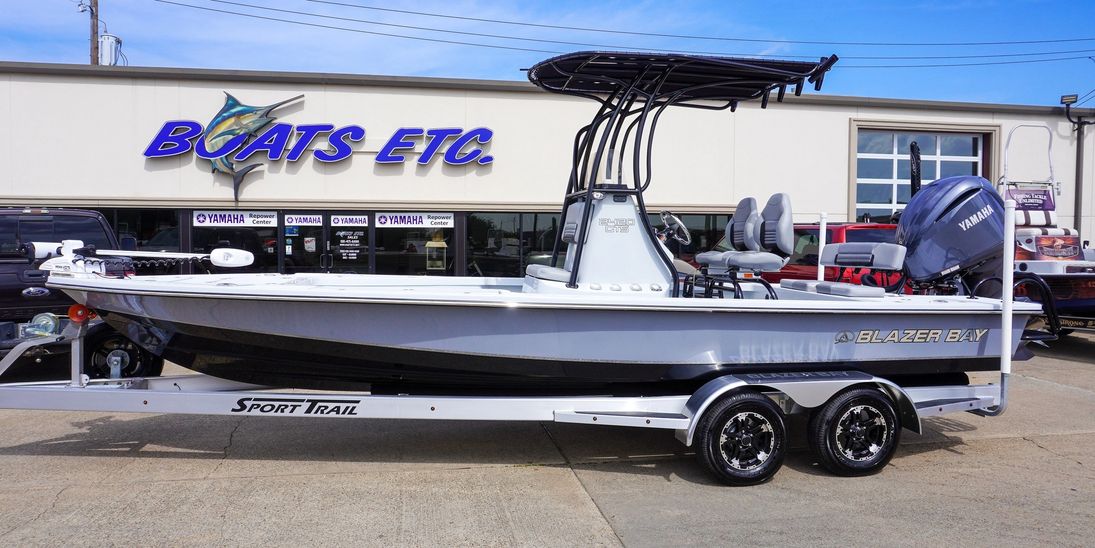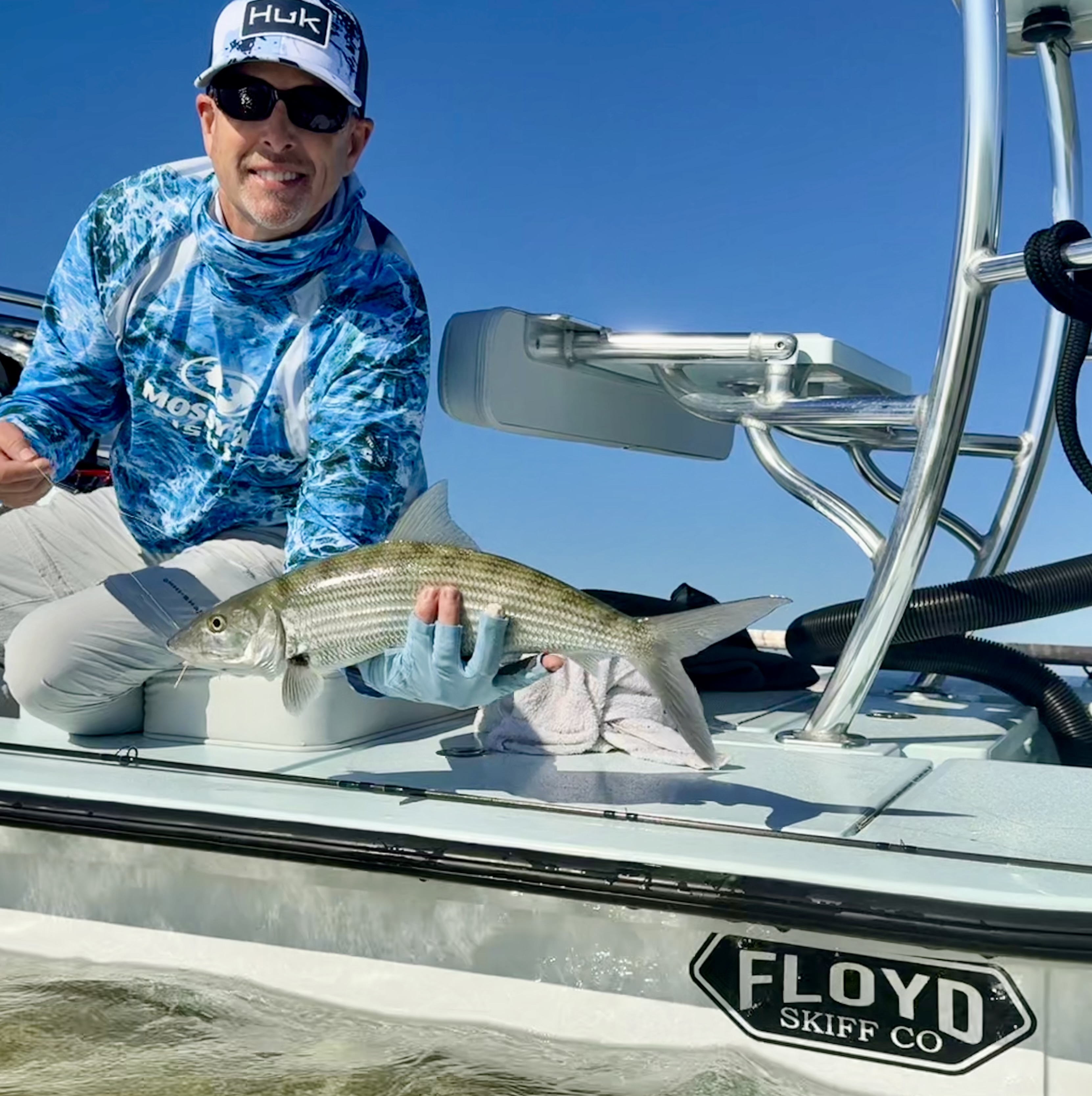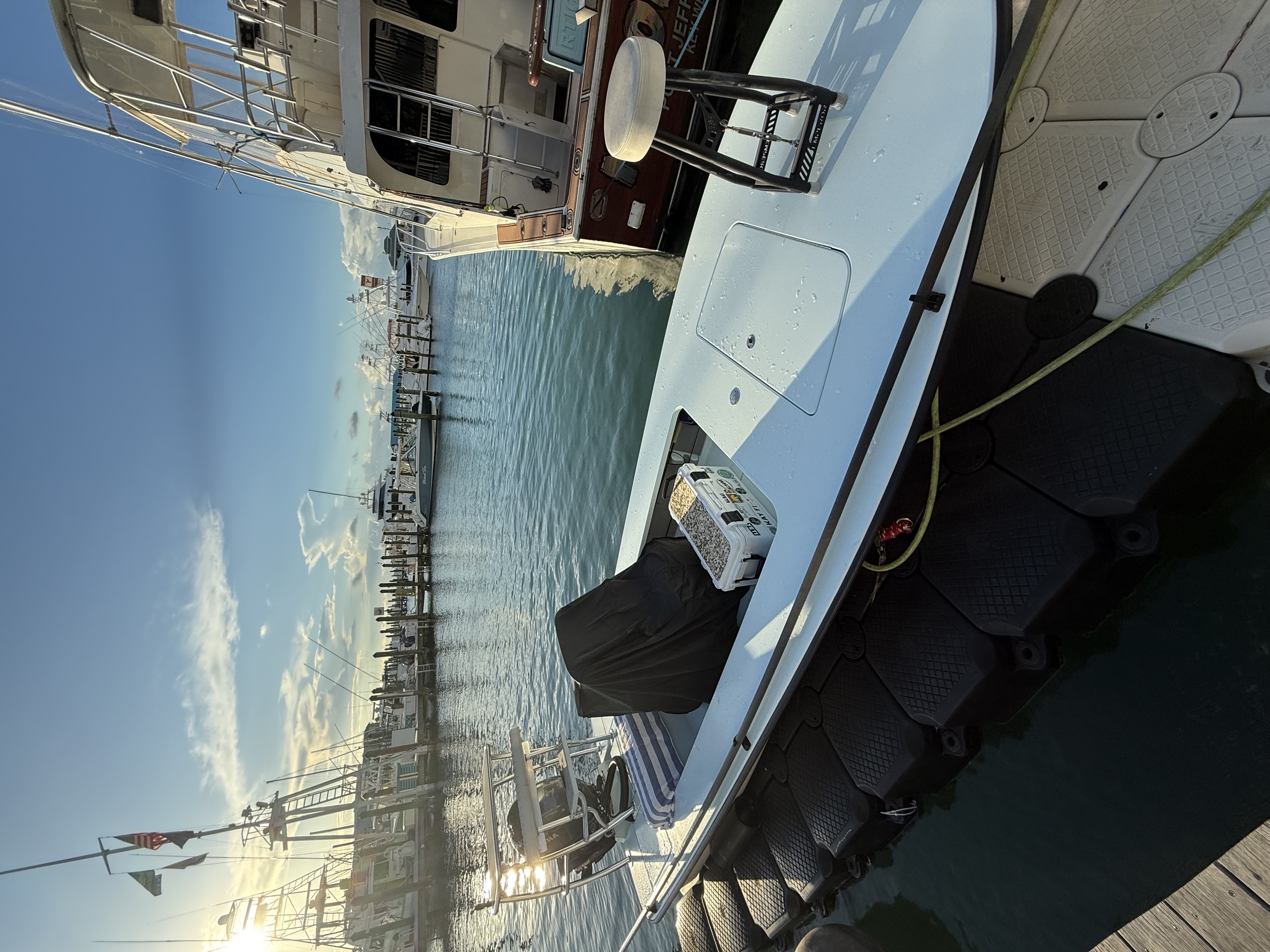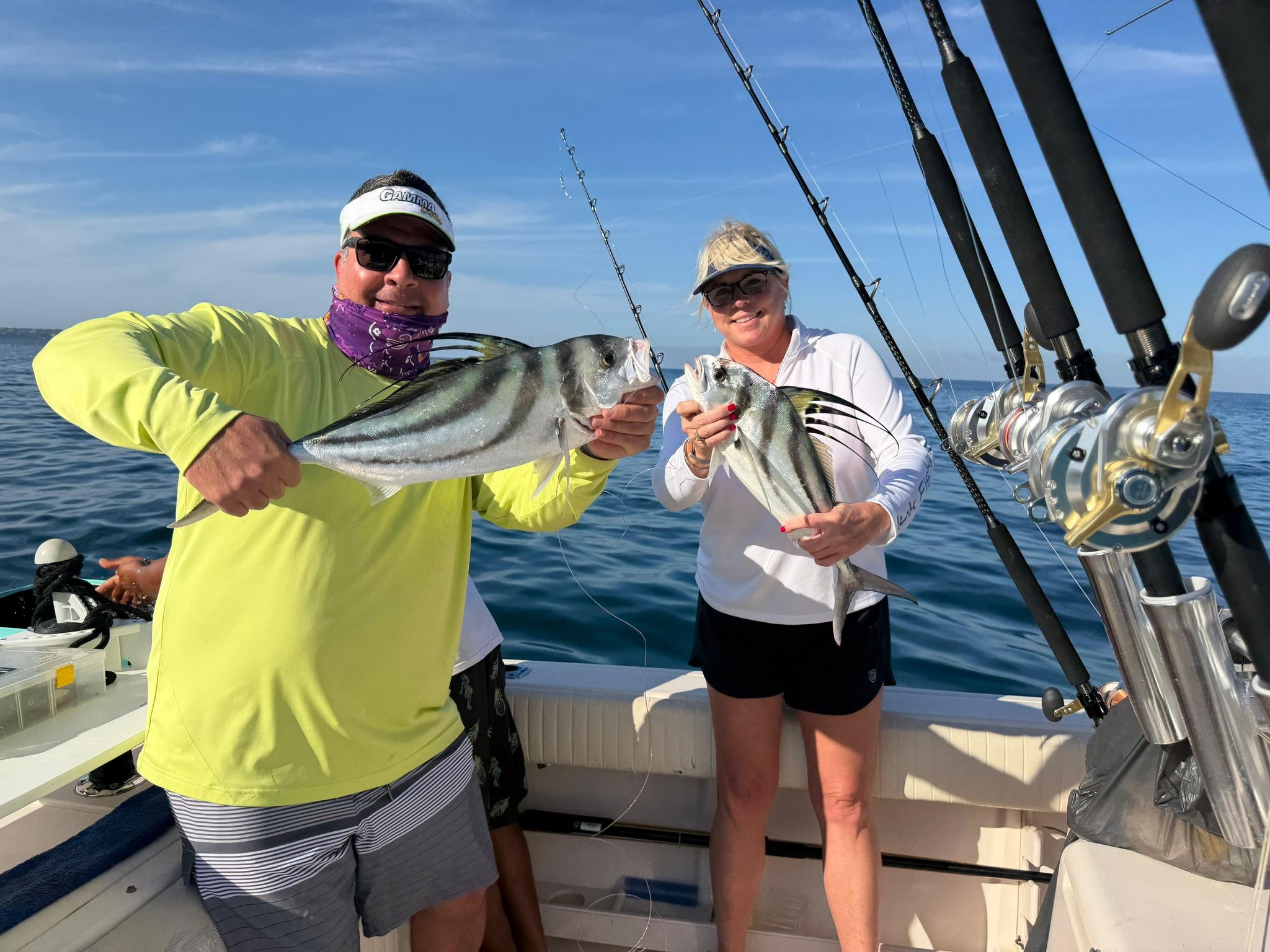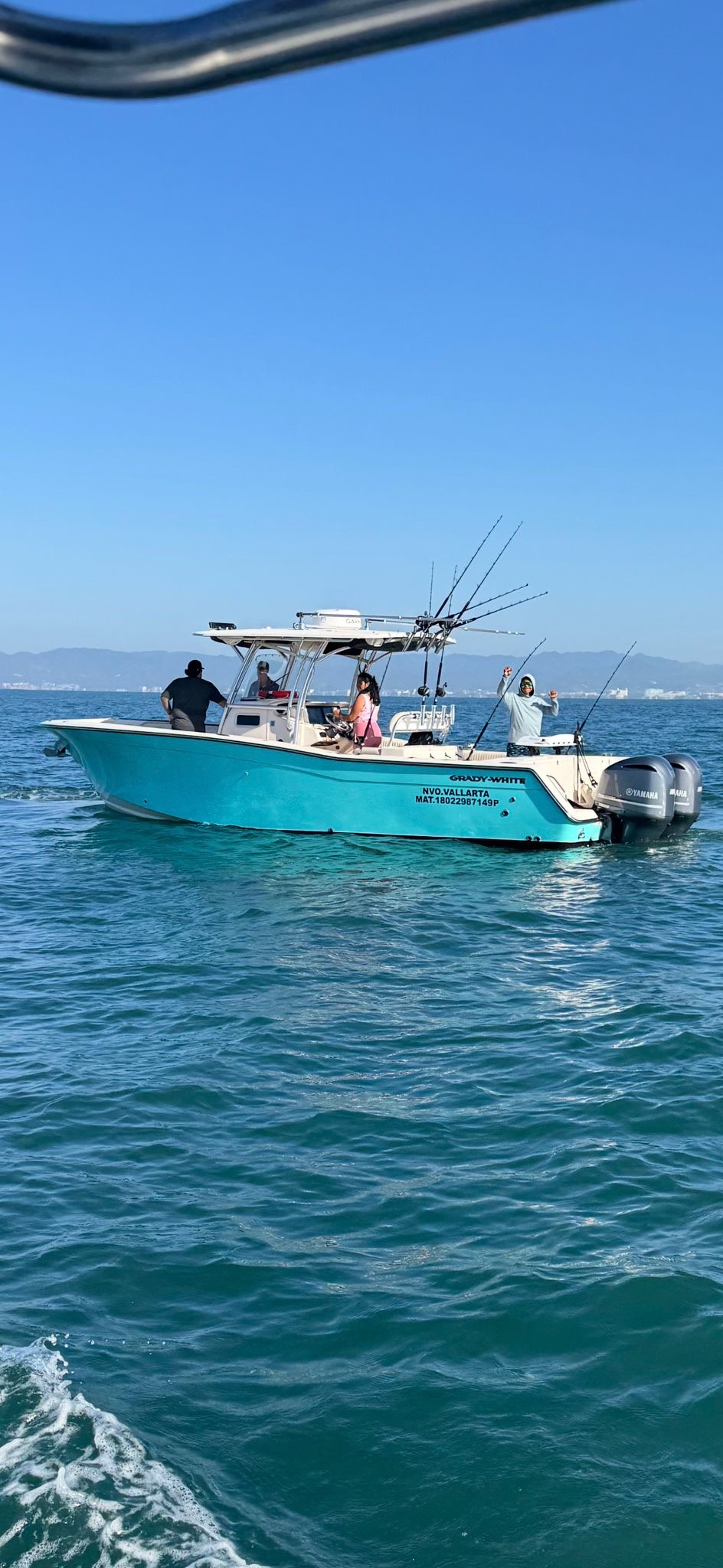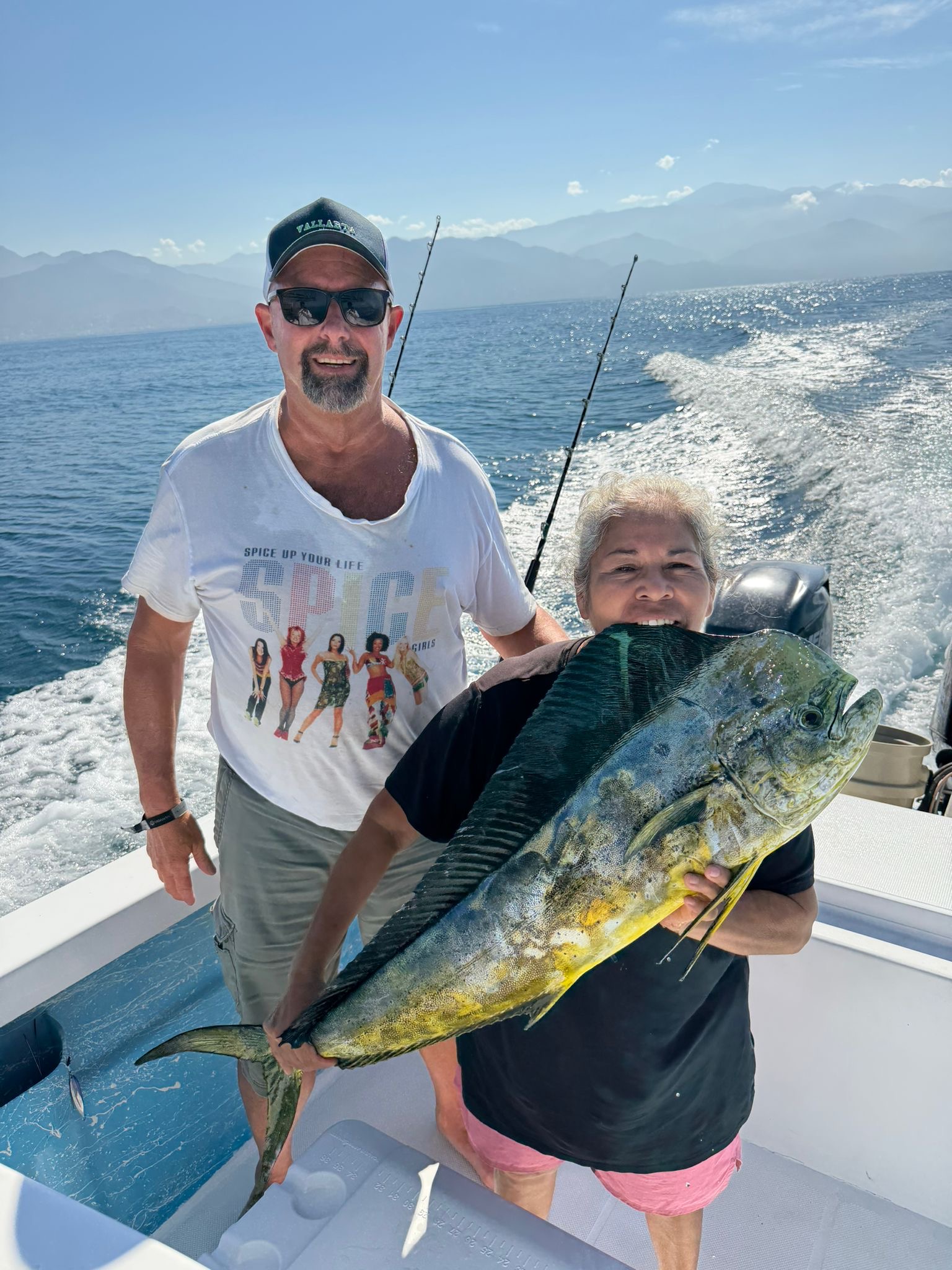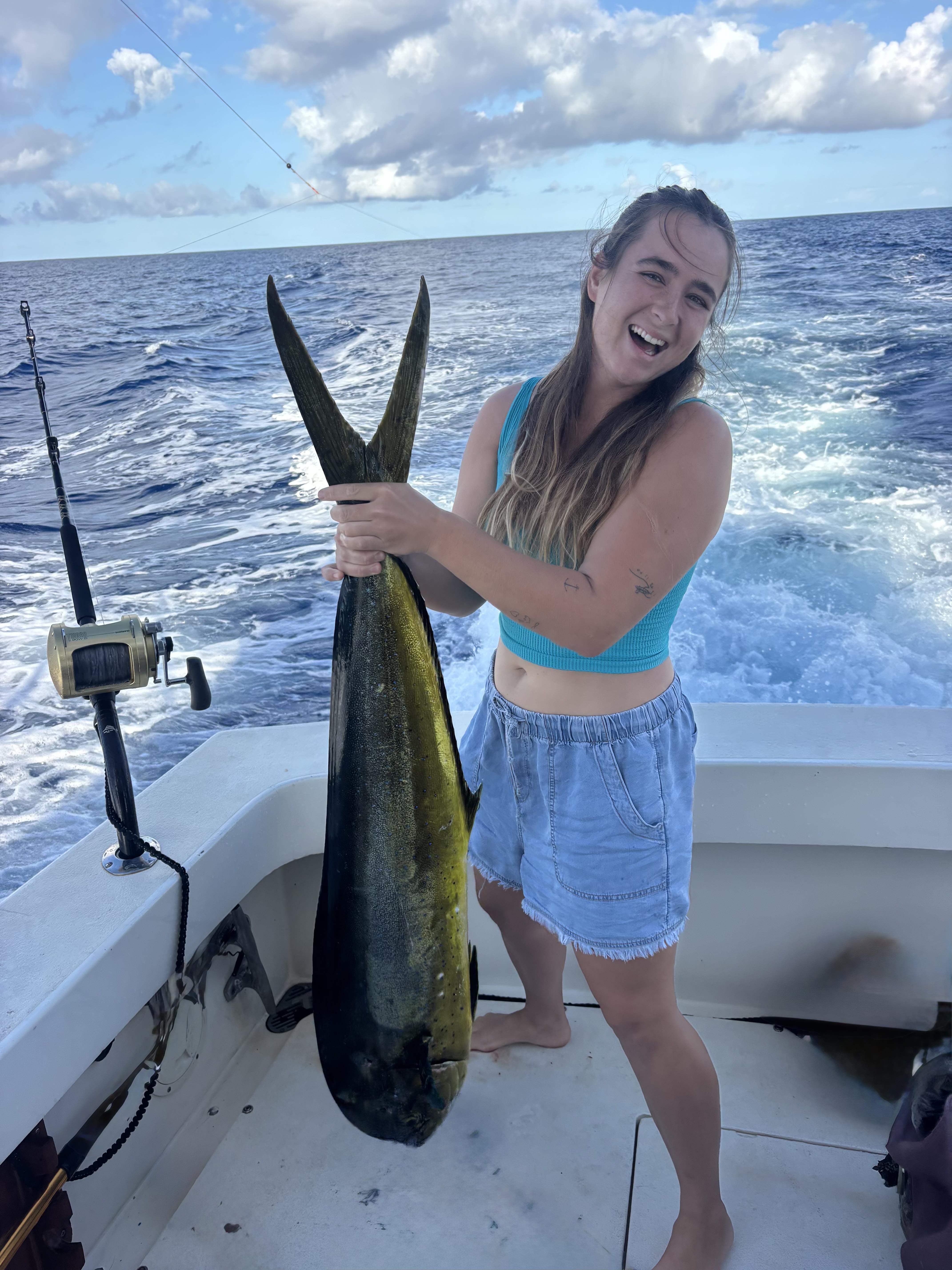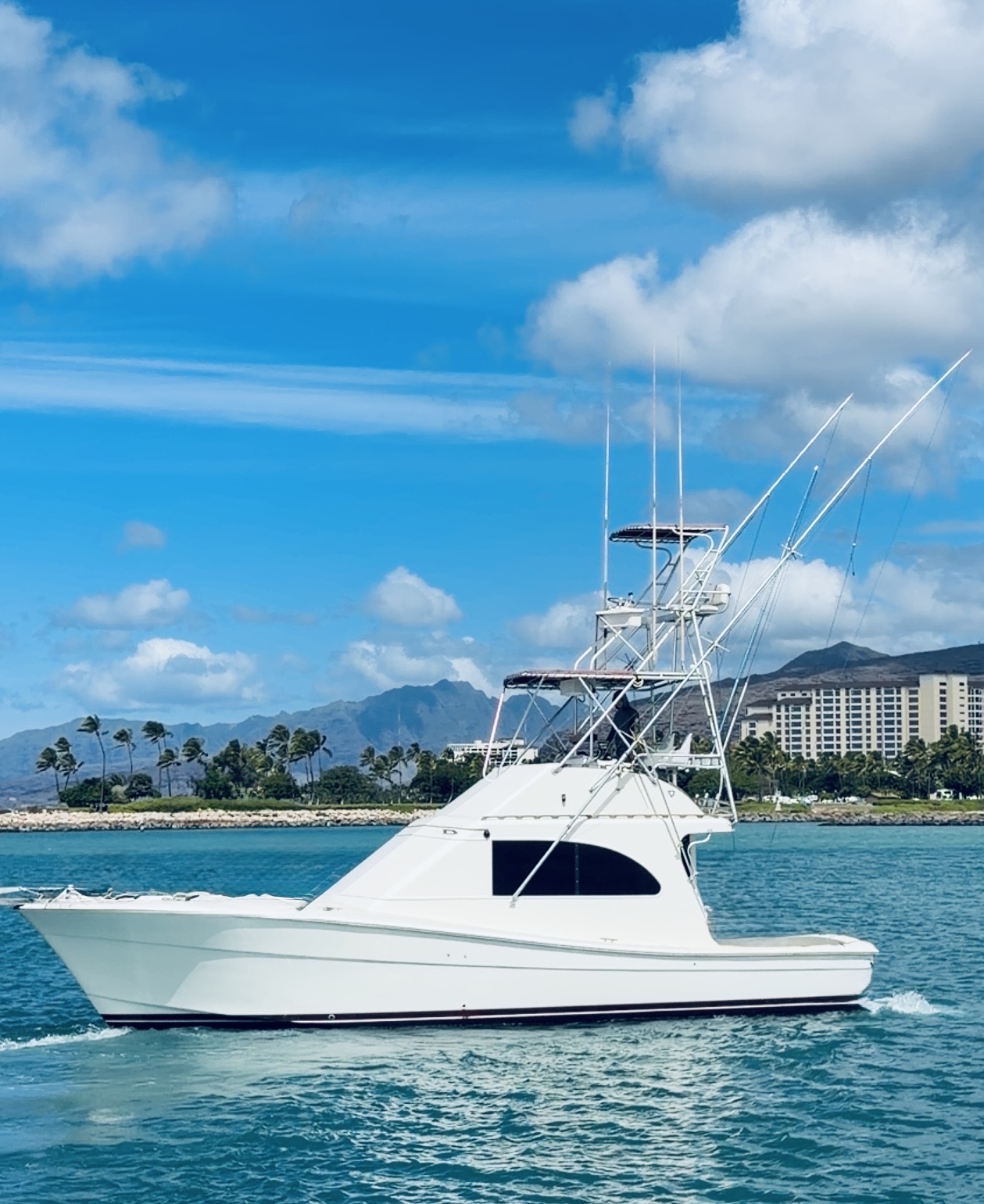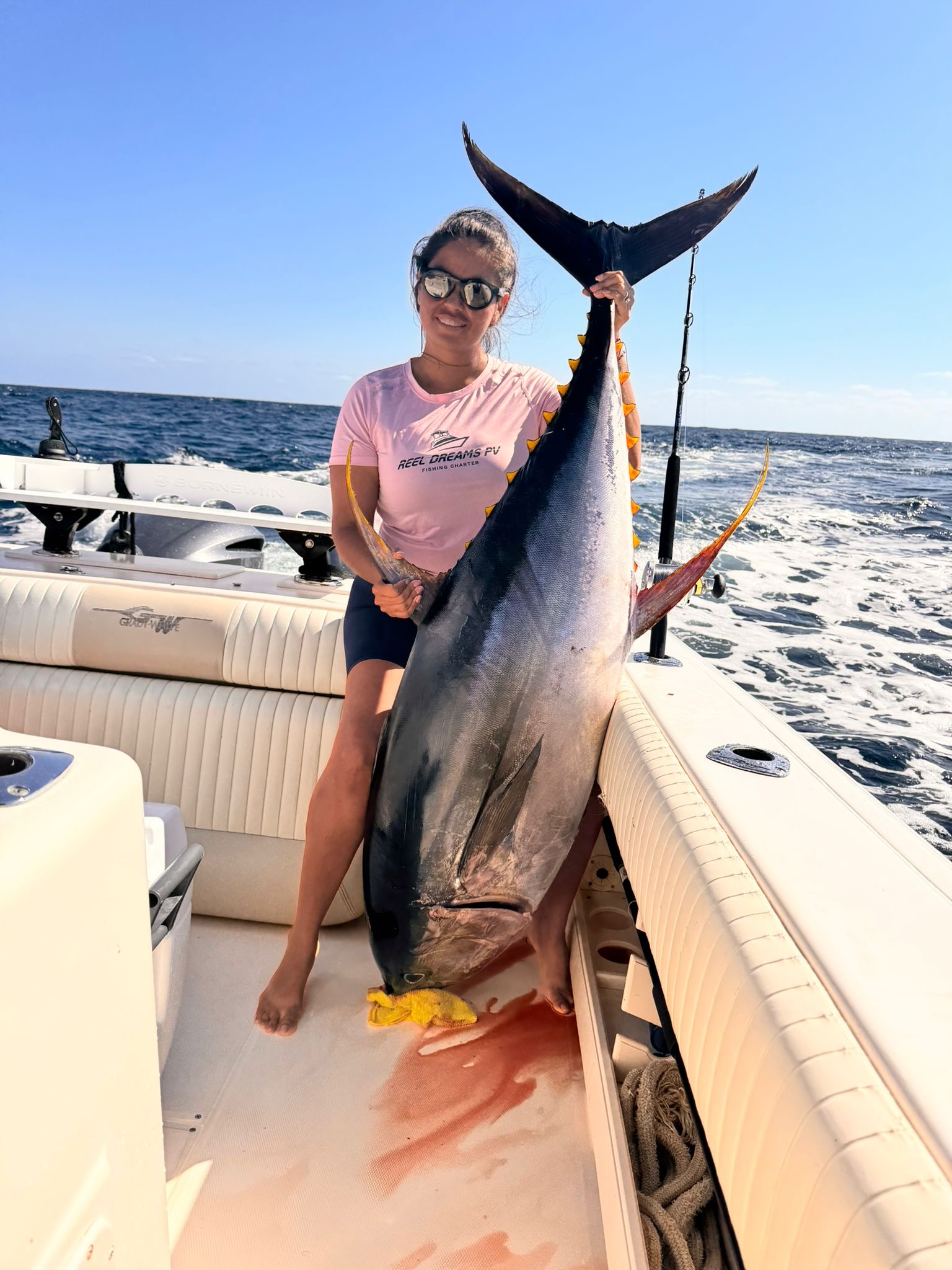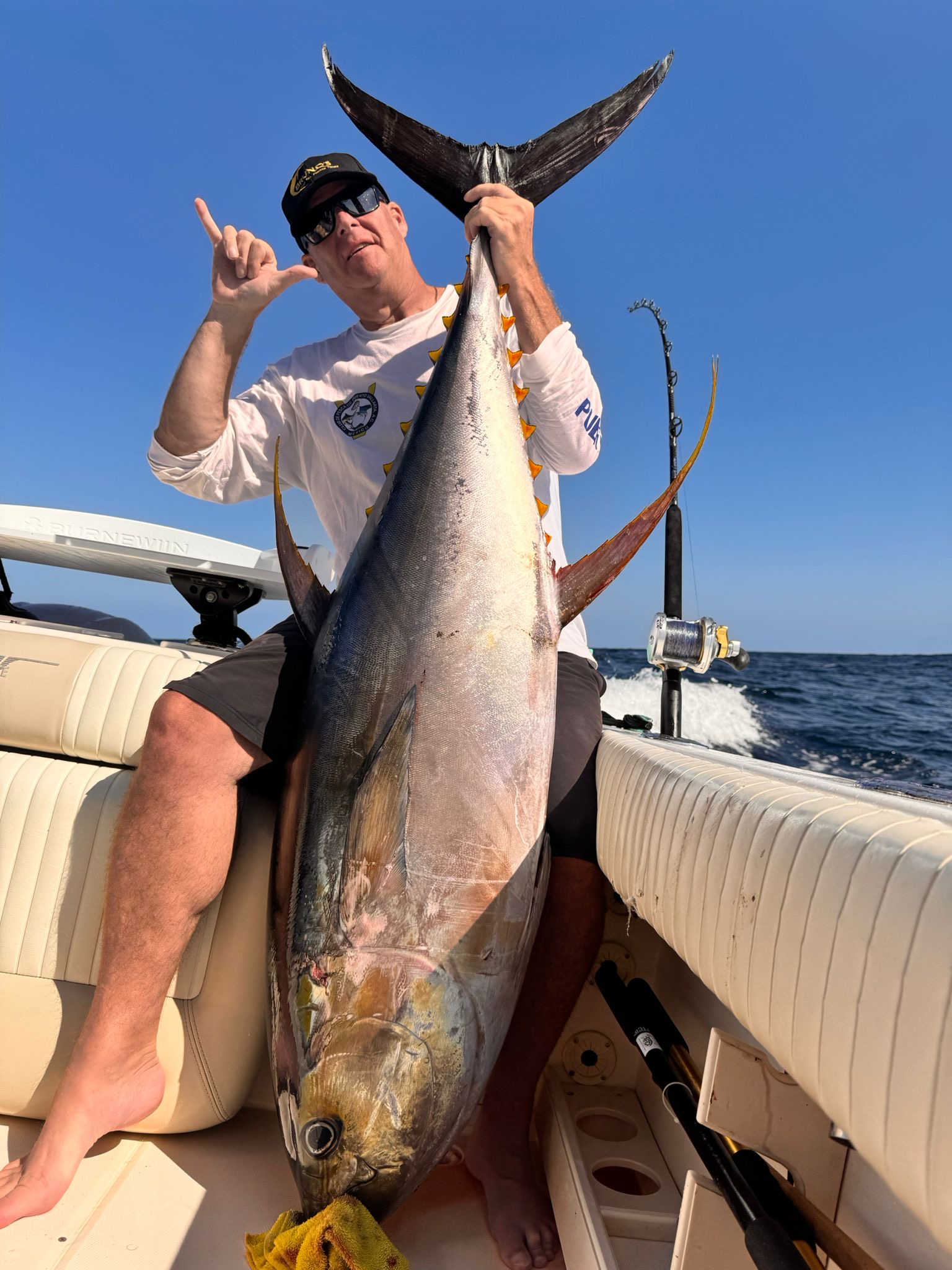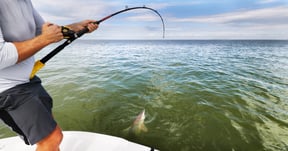Miami Peacock (4-8HR)
Lake Ida (4-8HR)
Inshore Fishing in Corpus Christi
Hook, Line & Memories Fishing Trip
Normandy Livescope Crappie Trip
Inshore, Nearshore Fishing in Orange Beach
Spring Break 6 Hour Special Rate
Inshore Fishing Sanibel PineIsland
Inshore, Flats Fishing in Key West
4-8 Hour Inshore Fishing Trip
Inshore, Deep Sea Fishing in Puerto Vallarta
31 Ft Grady White Half Day
Deep Sea Fishing in Kailua-Kona
Half Day Charter 4 Hours
Deep Sea Fishing in Puerto Vallarta
31 Ft Grady White Deep Sea Fishing
We started Captain Experiences to make it easy to book fishing and hunting guides around the world. With over 2,000 Damn Good Guides, our platform makes finding and booking a trip seamless. Head here to check out our trips.
If you are new to fishing, then light tackle is the perfect place to start. This type of fishing uses lighter rods and reels which are ideal for most freshwater and inshore saltwater fishing applications. To make sure you get started on the right foot, here's a guide on what to consider when piecing together a light tackle setup.
Freshwater and Inshore Fishing Rod
A solid light tackle setup starts with the right rod. The fishing rod determines how much feel there is along with other important factors like casting distance and your ability to fight fish. The different specifications of a fishing rod react in different ways and allows anglers to create a setup that works best for their intended purpose. Here are the different attributes to consider when selecting a fishing rod.
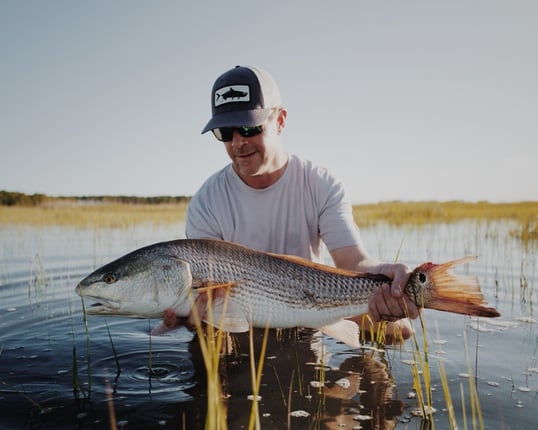
Power
When selecting a fishing rod, power is the overall strength of the rod as it bends. The rod power falls on a scale from ultralight to ultra heavy but the most popular options are a variation of light, medium, or heavy. Medium-light and medium power is perfect for almost all inshore and freshwater species. Heavy power tends to have too much resistance and impede an angler's feel and ability to work their bait. The power of a rod needs to be balanced with all of the other parts of a light tackle setup to be used effectively.
Action
The action of a rod, in simplest terms, determines how the rod bends and how sensitive it is. Action has a scale that ranges from fast to slow. Action can be seen when the rod is bent. Fast action rods bend the most at the tip with the middle of the rod only deflecting slightly. A slow action rod will bend more consistently from the rod tip to the middle and form a shape resembling the letter “C.”
For fast action rods, anglers have better sensitivity and don’t have to move the rod as far to set the hook. Slow or more moderate action rods can be better for treble hooks and bait where a more gentle hook set and forgiving bend are a priority. Captain Ryan recommends a “moderate to moderate-fast action rod which offers a balance of sensitivity and power.” This allows anglers to fish with a variety of lures for most fish species.
Rod Length
The final consideration for selecting the right rod is the length. Fishing rods for inshore and freshwater applications typically range from six to eight feet long. Ryan explains that “rods are made in all different lengths but seven is perfect.” Shorter rods are inherently more rigid and easy to maneuver. Ryan also explained that “shorter rods(less than six feet long) are typically specialized for kids, ultra-light tackle, or offshore applications.” On the other hand, longer rods are capable of casting further and are more responsive at the tip. Power and action are impacted by the length of the rod and offer a wide range of dynamics to choose from.
Multi-piece Vs. One Piece rods
Most light tackle fishing rods are either one continuous piece or are segmented, which allows anglers to take them apart for easier travel. Ryan explains that “one piece rods will always be stronger but it depends on how much convenience you need. If you’re boat fishing then one piece rods are the way to go.” In most fishing applications, the average angler will not feel a significant difference between the two options. This is generally a personal choice between easy travel or slightly better strength and feel.
Light Tackle Reel Size
The reel is the other half of your setup and controls the retrieve and the angler’s ability to fight a fish effectively. Spinning reels are the most utilitarian choice for a light tackle fishing rod and are available in various sizes sometimes referred to as “series” or “class.” Spinning reel sizes start at 1000 and go up in increments of 500 to 10,000 and beyond. The series or class number indicates both the size and relative strength of the reel. The general rule is, the higher the series the bigger the fish it can handle. Light tackle reels range between 1500 and 3500 series. Ryan’s advice on reel size is “2500 class reels are about as large as necessary for redfish, trout, and flounder.”
Fishing Line
There are three options for fishing line: monofilament, fluorocarbon, and braid. For a complete breakdown on fishing line check out Everything You Need to Know About Fishing Line. For a general-purpose light tackle setup, Ryan uses “eight to 15-pound braid with a fluorocarbon leader.” Braid is thinner and stronger than monofilament but at a higher cost. If you can buy braid, it’s worth it.
Words of Advice
Getting it right straight out of the gate isn’t always easy but the ranges and advice above will insure that your rod is well suited to most freshwater and inshore application. Captain Ryan explained in summary, “go the store and handle some rods and reels and pick the two that feel right. Don’t worry about having the best gear, just buy the best you can afford.”
Joey Butrus
Updated on August 2, 2023

March 8, 2022

June 22, 2022

January 7, 2022

April 26, 2022

May 13, 2024
Related Articles
December 20, 2021
August 7, 2023
September 25, 2022
Featured Locations
- Fishing Charters Near Me
- Austin Fishing Guides
- Biloxi Fishing Charters
- Bradenton Fishing Charters
- Cabo San Lucas Fishing Charters
- Cancun Fishing Charters
- Cape Coral Fishing Charters
- Charleston Fishing Charters
- Clearwater Fishing Charters
- Corpus Christi Fishing Charters
- Crystal River Fishing Charters
- Dauphin Island Fishing Charters
- Daytona Beach Fishing Charters
- Destin Fishing Charters
- Fort Lauderdale Fishing Charters
- Fort Myers Fishing Charters
- Fort Walton Beach Fishing Charters
- Galveston Fishing Charters
- Gulf Shores Fishing Charters
- Hatteras Fishing Charters
- Hilton Head Fishing Charters
- Islamorada Fishing Charters
- Jacksonville Fishing Charters
- Jupiter Fishing Charters
- Key Largo Fishing Charters
- Key West Fishing Charters
- Kona Fishing Charters
- Lakeside Marblehead Fishing Charters
- Marathon Fishing Charters
- Marco Island Fishing Charters
- Miami Fishing Charters
- Montauk Fishing Charters
- Morehead City Fishing Charters
- Naples Fishing Charters
- New Orleans Fishing Charters
- New Smyrna Beach Fishing Charters
- Ocean City Fishing Charters
- Orange Beach Fishing Charters
- Panama City Beach Fishing Charters
- Pensacola Fishing Charters
- Pompano Beach Fishing Charters
- Port Aransas Fishing Charters
- Port Orange Fishing Charters
- Rockport Fishing Charters
- San Diego Fishing Charters
- San Juan Fishing Charters
- Sarasota Fishing Charters
- South Padre Island Fishing Charters
- St. Augustine Fishing Charters
- St. Petersburg Fishing Charters
- Tampa Fishing Charters
- Tarpon Springs Fishing Charters
- Venice Fishing Charters
- Virginia Beach Fishing Charters
- West Palm Beach Fishing Charters
- Wilmington Fishing Charters
- Wrightsville Beach Fishing Charters
